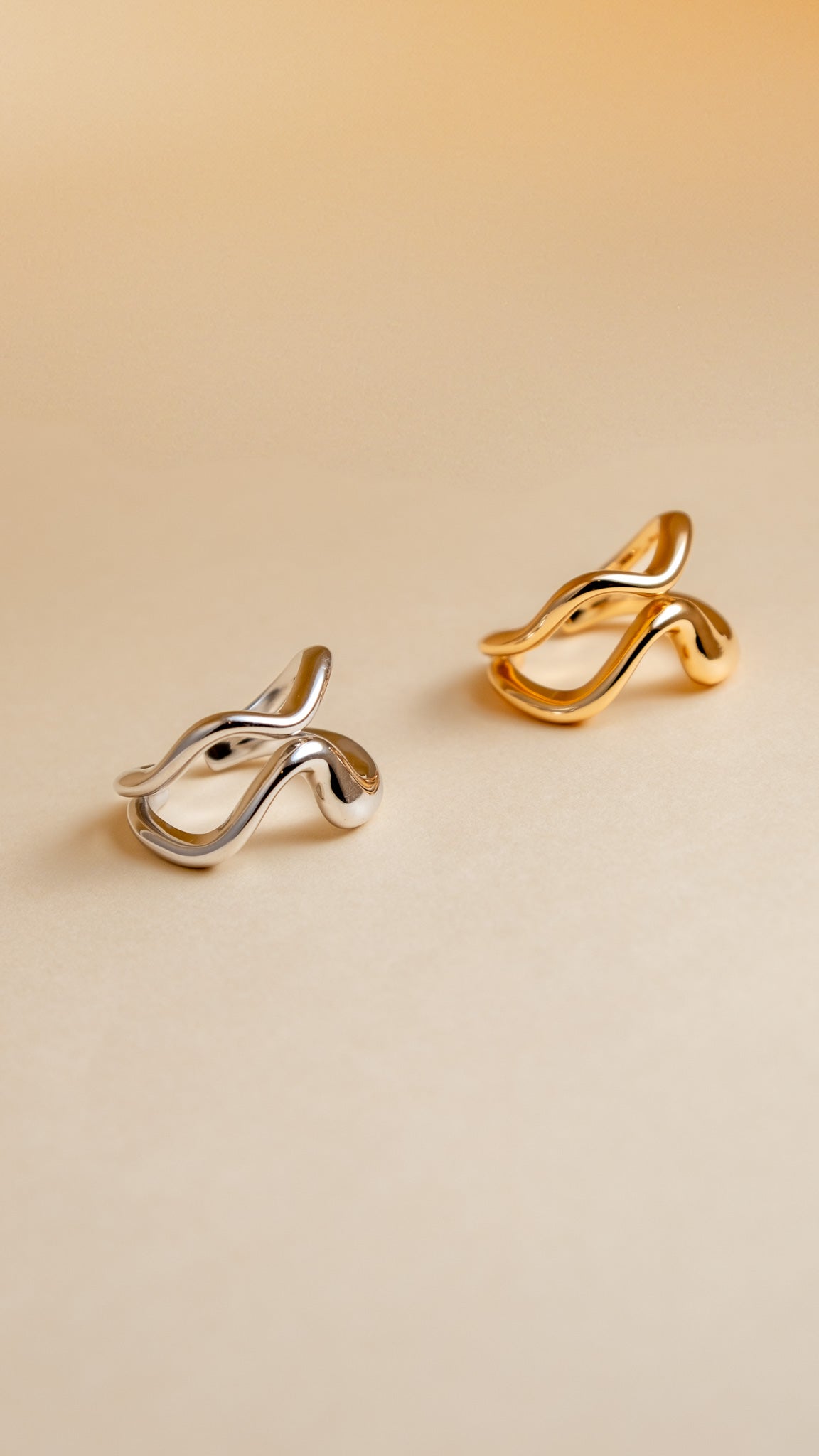
Gold and Silver Combination: Timeless Elegance and Practical Uses
Gold and silver are two of the most coveted precious metals in the world. Both metals have long been prized for their beauty, durability, and versatility. When combined, gold and silver create a unique aesthetic and functional synergy that has captured attention in jewelry design, industrial applications, and beyond. This article explores everything you need to know about the gold and silver combination, from its historical significance to modern trends and practical applications.
The Historical Significance of Gold and Silver
Gold and Silver in Ancient Civilizations
Gold and silver have played a vital role in human history for millennia. Gold symbolized divine power and immortality in ancient Egypt, where it was used to adorn the tombs of pharaohs. Silver, on the other hand, represented purity and was often used as currency in ancient Mesopotamia and Greece.
Together, these metals were seen as complementary, with gold’s warm, luxurious tones balancing silver’s cool, understated elegance. Royal families and religious institutions frequently combined them in regalia, artifacts, and ceremonial objects.
Cultural and Economic Roles
Gold and silver combinations were particularly prominent in trade and wealth accumulation. For centuries, these metals were interlinked in monetary systems through the gold-silver ratio, a standard for valuing currencies. The practice of blending these metals to symbolize wealth and unity continues in modern jewelry and design.
Why Combine Gold and Silver?
Complementary Characteristics
Gold is renowned for its luster, resistance to tarnish, and malleability. Silver, while also lustrous, is harder and offers a brighter sheen. When used together, they complement each other beautifully, creating contrasts that enhance designs. This combination is not only visually appealing but also practical, as silver adds strength to gold in alloy forms.
Aesthetic and Functional Benefits
Blending gold and silver creates visually interesting designs that appeal to a broad audience. From minimalist layered necklaces to bold statement rings, the combination offers endless possibilities. Functionally, combining the metals can reduce costs while maintaining durability and beauty.
Properties of Gold
Physical and Chemical Attributes
Gold is a dense, malleable metal with a bright yellow hue. It resists oxidation and corrosion, making it ideal for long-lasting applications. Pure gold (24k) is too soft for most practical uses, so it’s often alloyed with other metals, including silver, to improve durability.
Applications of Gold
Gold is used extensively in jewelry, electronics, and even medical devices. Its conductivity makes it a favorite in circuit boards, while its biocompatibility is ideal for dental and medical implants.

Properties of Silver

Physical and Chemical Attributes
Silver is a highly reflective metal with excellent conductivity and antimicrobial properties. It’s more abundant than gold, making it a more affordable option for various applications.
Applications of Silver
Silver’s uses extend from jewelry and silverware to industrial applications like solar panels and batteries. Its antimicrobial properties also make it valuable in medical equipment and water purification systems.
Applications of Gold and Silver Combinations
Jewelry: Rings, Necklaces, Bracelets
The most common use of gold and silver combinations is in jewelry. Mixed metal pieces, such as gold and silver layered necklaces or bracelets, are trending due to their versatility. These designs can be dressed up for formal occasions or worn casually, making them a staple in modern wardrobes.
Industrial Applications
Gold and silver alloys are used in electronics for their conductivity and corrosion resistance. For instance, connectors and switches in computers often contain a mix of these metals, ensuring durability and performance.
Gold and Silver as an Investment
Diversifying Your Portfolio
Gold and silver are considered safe-haven assets, particularly during economic uncertainty. Their combination in investment portfolios allows diversification, as the metals often perform inversely to stocks and bonds.
Understanding the Gold-Silver Ratio
The gold-silver ratio is a critical metric for investors. It indicates how many ounces of silver are needed to buy one ounce of gold, helping investors decide when to buy or sell.
Design Trends in Gold and Silver Jewelry
Mixed Metal Jewelry Styles
Modern jewelry embraces the art of mixing metals, with gold and silver combinations dominating the market. Popular designs include two-tone wedding bands, gold and silver layered necklaces, and statement rings that combine yellow gold with sterling silver.
Gold and Silver Color Pairings
Designers experiment with various shades, such as pairing rose gold with silver for a romantic look or combining white gold with silver for a sleek, monochromatic style.
Gold and Silver in Art and Decor
Historical Artistic Applications
Throughout history, gold and silver have adorned sculptures, paintings, and architectural elements. Their reflective qualities create a sense of luxury and depth.
Modern Decorative Uses
Today, gold and silver are used in home decor, from gilded mirrors to silver-accented furniture. These combinations bring timeless elegance to any space.
Maintenance and Care for Gold and Silver Items
Cleaning and Storage Tips
To maintain the shine of your gold and silver pieces, clean them regularly with a soft cloth and mild soap. Avoid exposing them to harsh chemicals, such as chlorine or bleach.
Avoiding Tarnish and Damage
Silver is prone to tarnish, so store it in anti-tarnish pouches. Mixed gold and silver jewelry should be stored separately to prevent scratches.
FAQs About Gold and Silver Combination
- Is it good to wear gold and silver together?
- Yes, combining gold and silver creates a visually striking look and allows versatility in styling.
- How do you determine the purity of gold-silver items?
- Look for hallmarks or consult a jeweler for accurate testing.
- What are gold-silver alloy compositions?
- Common alloys include white gold (gold mixed with silver) and sterling silver (silver mixed with a small amount of gold or copper).
- How does the gold-silver ratio impact investments?
- The ratio helps investors identify buying opportunities and market trends.
- Are gold-silver combinations hypoallergenic?
- Pure gold and silver are generally hypoallergenic, but alloys may contain nickel, which can cause reactions in some people.
- What are the benefits of mixing gold and silver in designs?
- Mixed metals create unique, versatile, and visually appealing designs while optimizing costs.
Conclusion
The gold and silver combination is a timeless pairing that balances luxury with practicality. Whether you’re exploring jewelry, decor, or investments, this duo offers unmatched versatility and charm. Its historical significance and modern relevance make it a perfect choice for those who value elegance and utility.





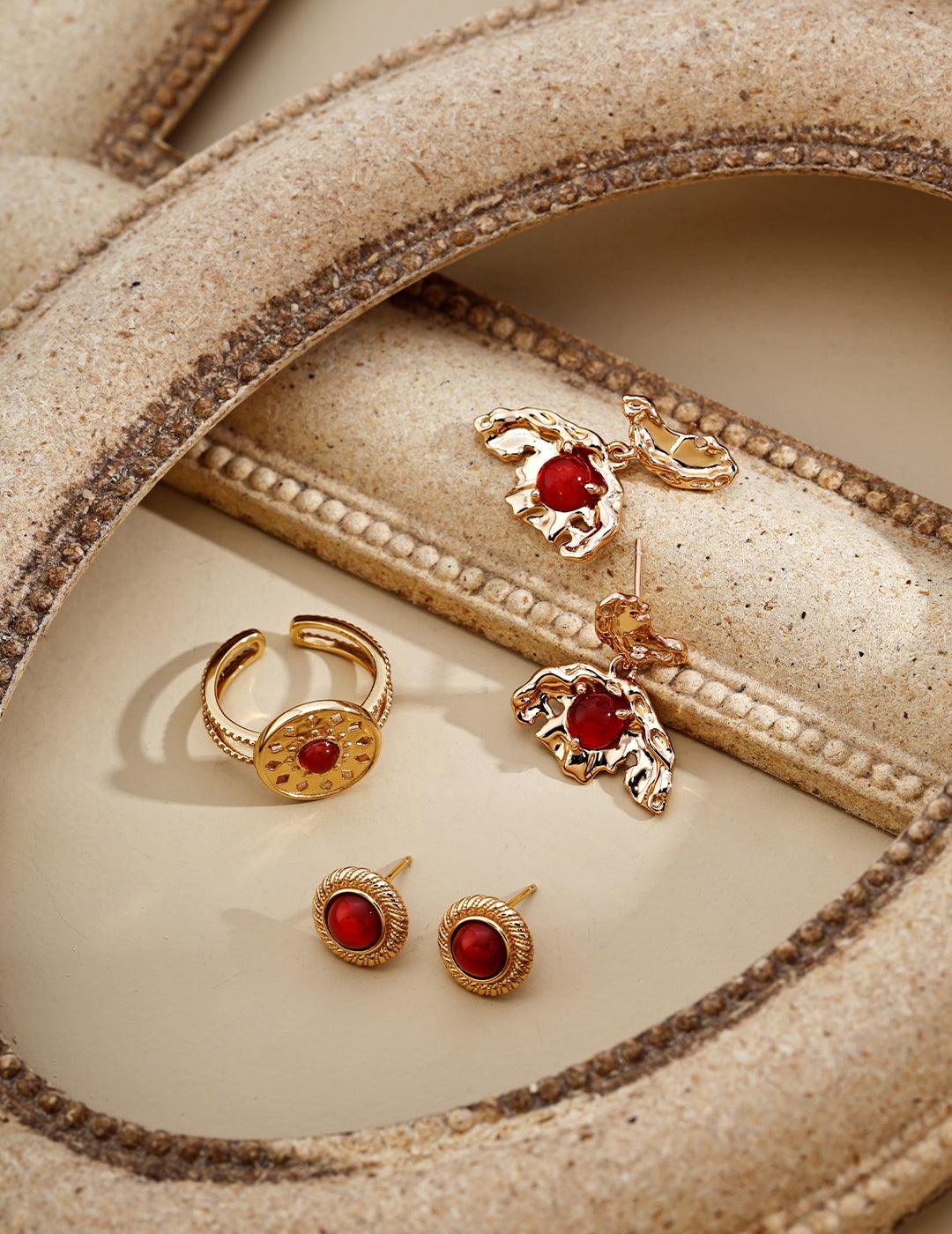
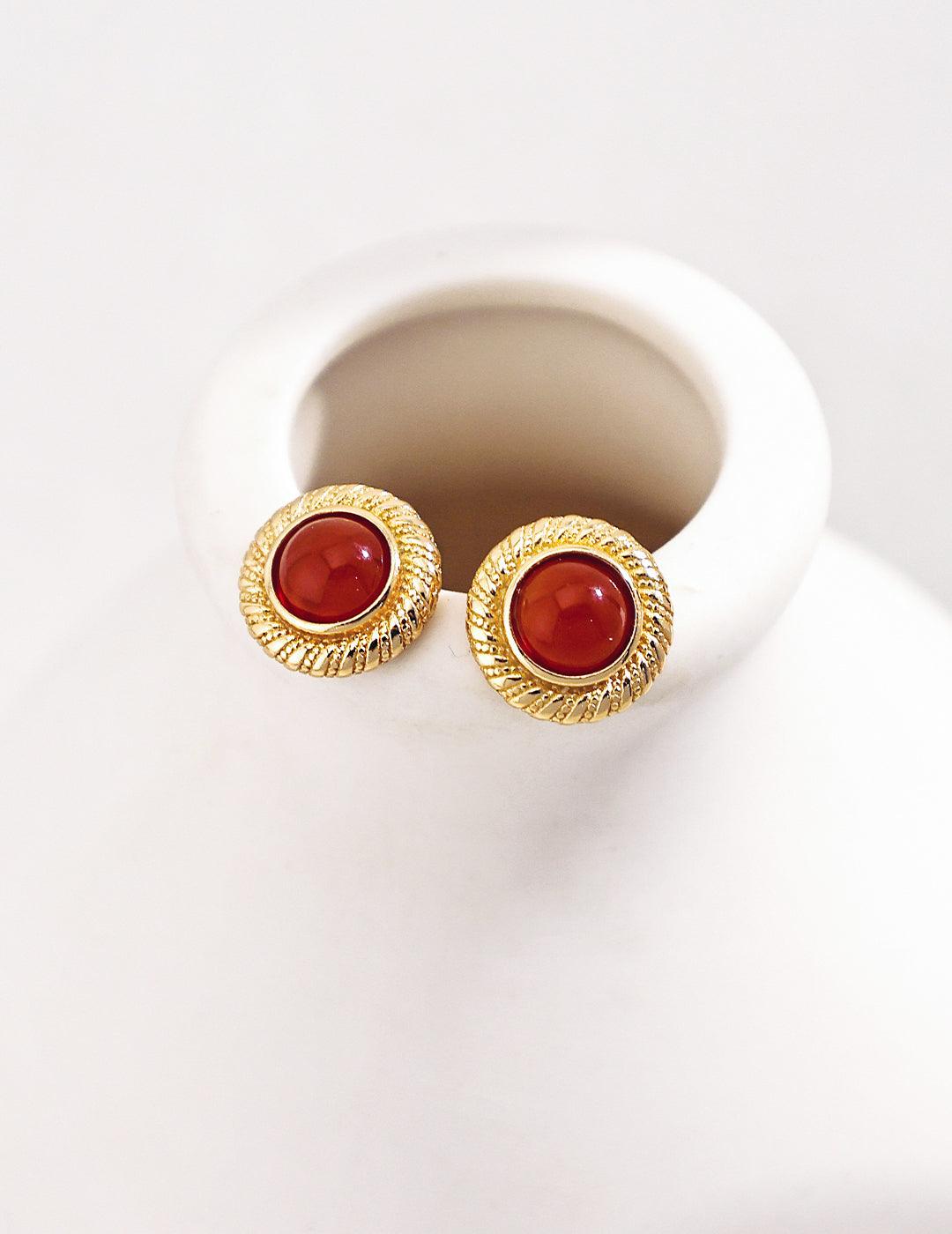
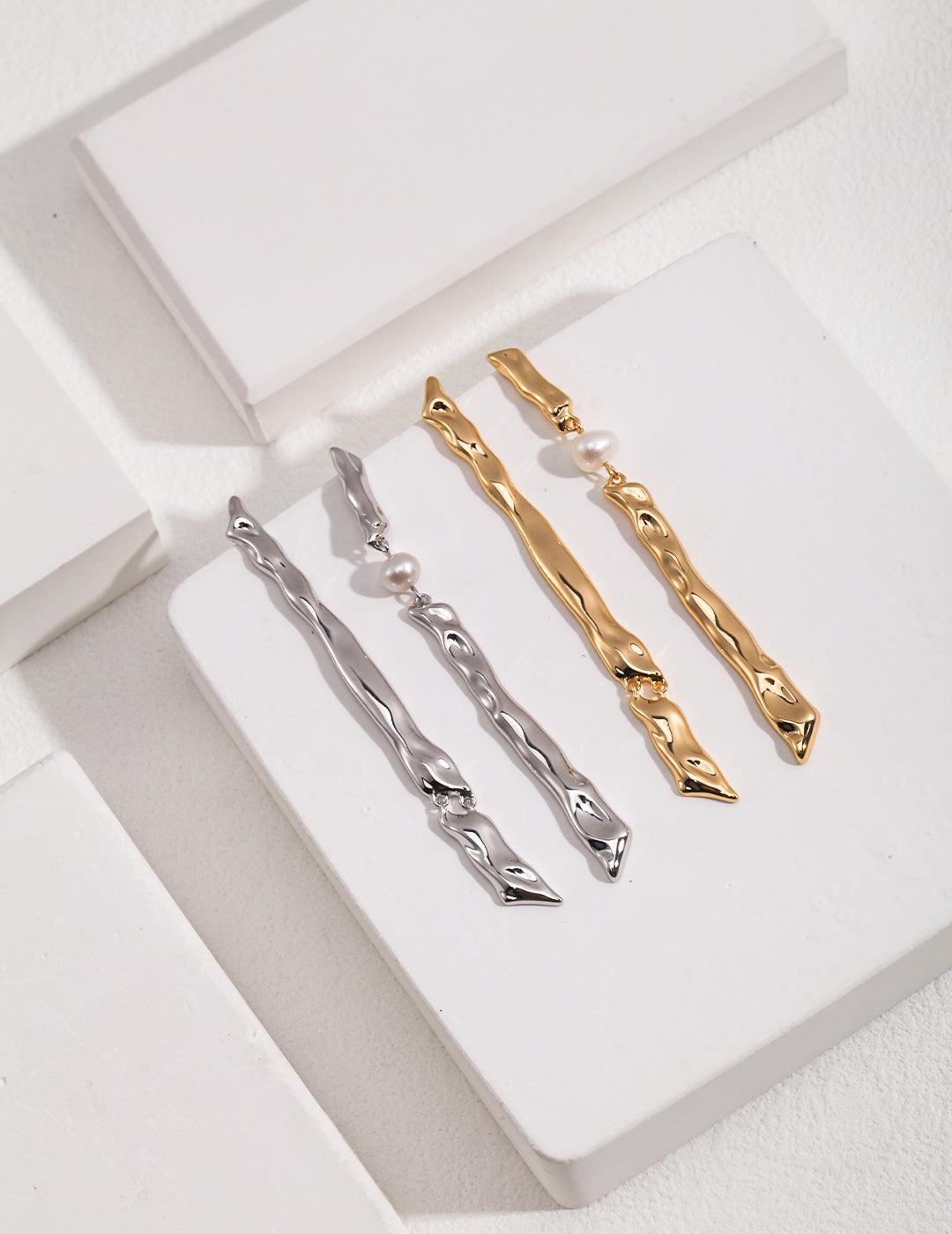

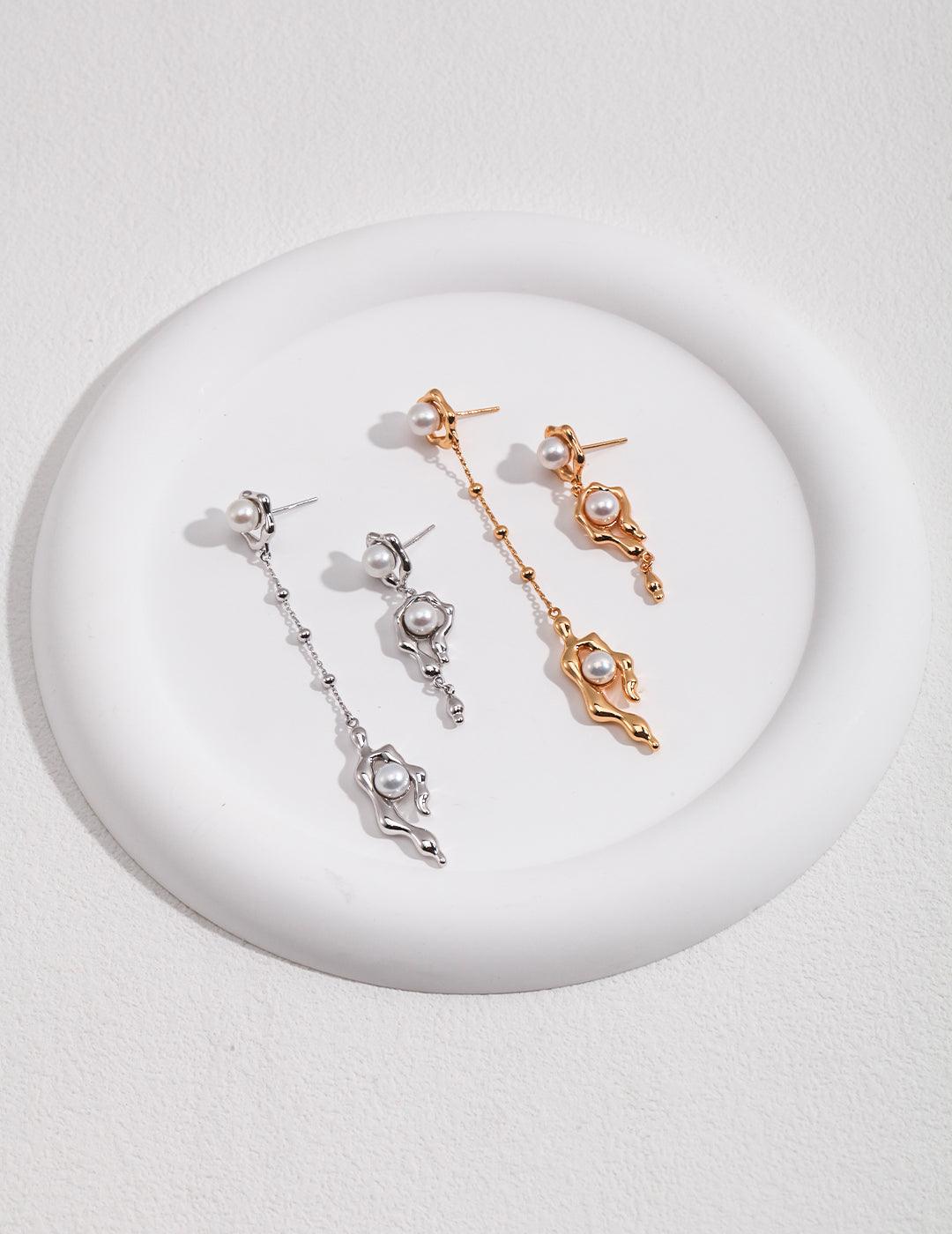


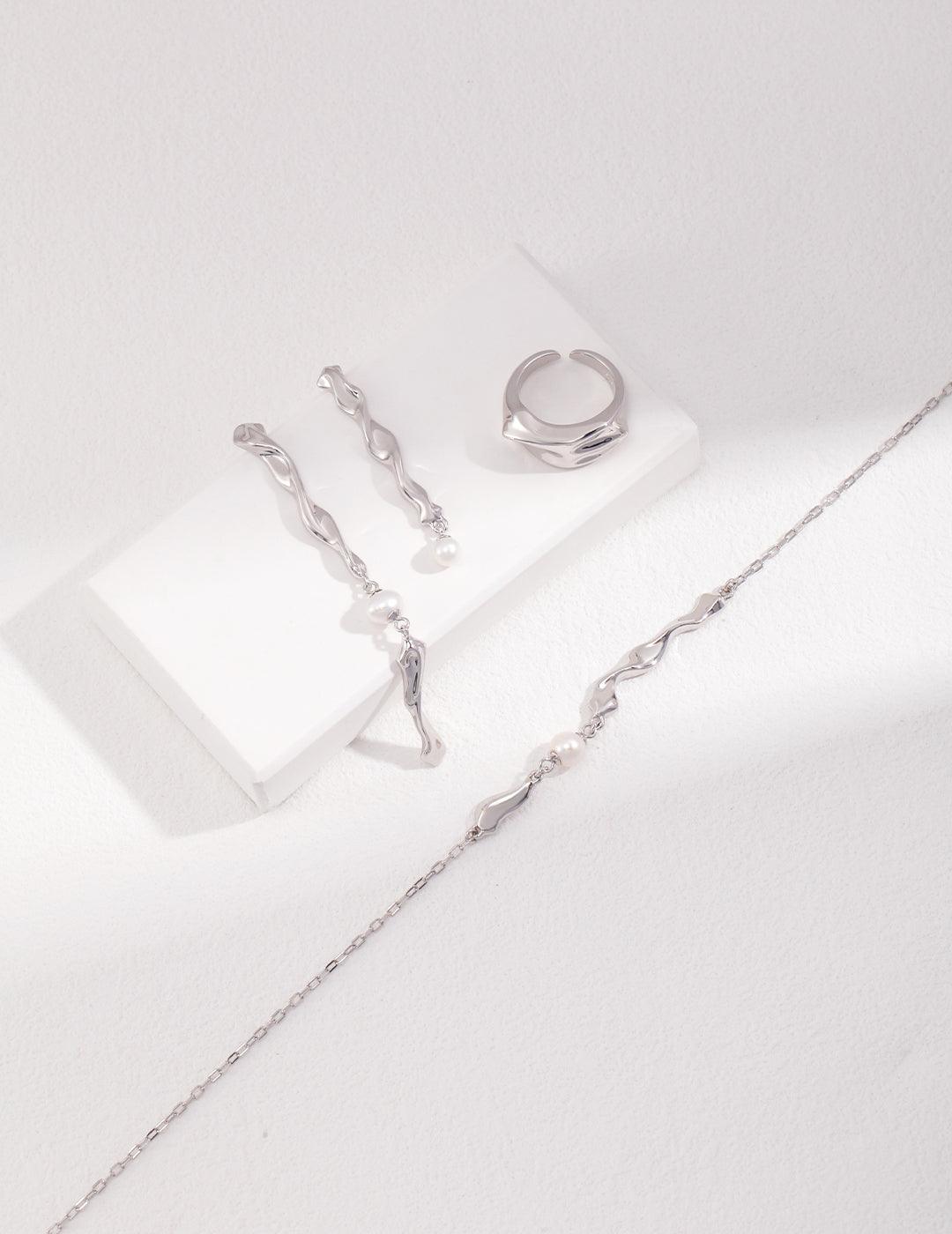




Leave a comment
This site is protected by hCaptcha and the hCaptcha Privacy Policy and Terms of Service apply.